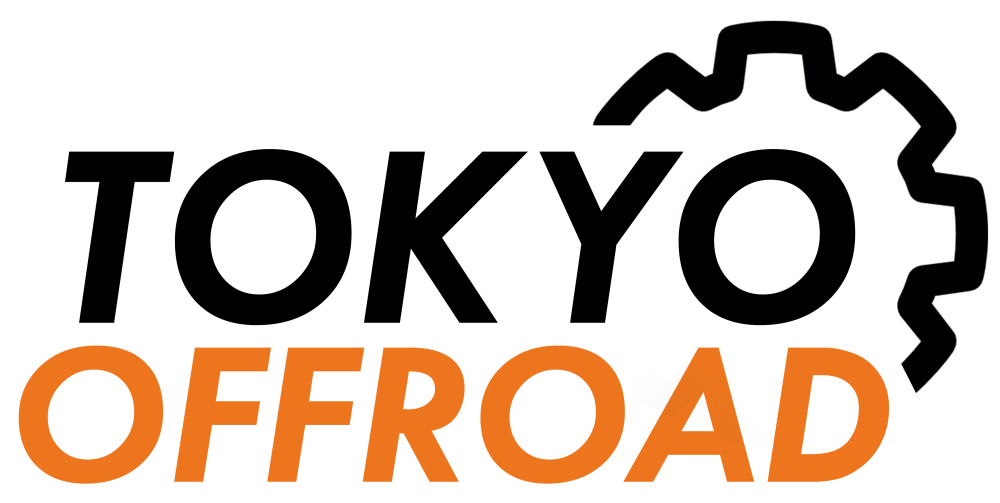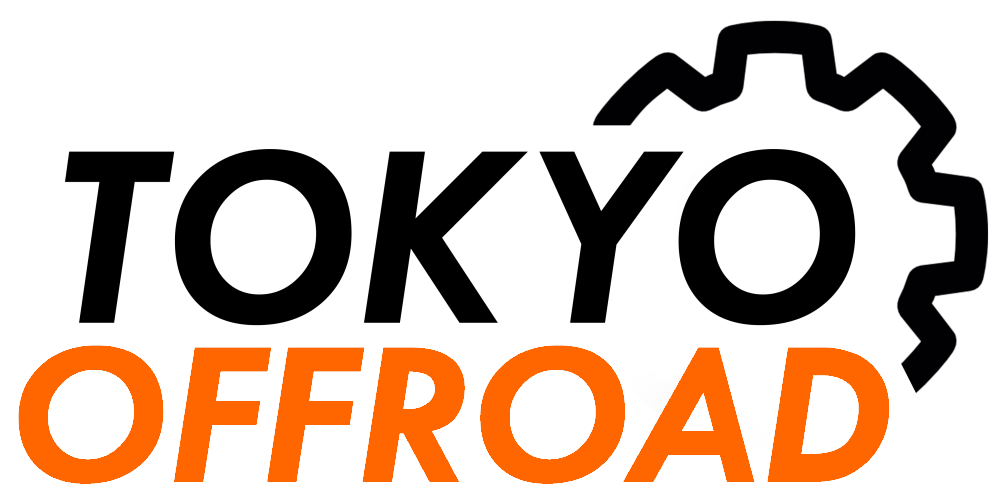Q- Are you planning to sell any other products?
A- Yes. Look out for future announcements here and on the Tokyo Offroad YouTube channel.
Q- Do you have any videos?
A- Yes, please check out the Tokyo Offroad YouTube channel, which has product, bike maintenance and ride videos.
Oil Drain Tool (ODT)
Q- What’s the benefit of using the ODT?
A- The ODT allows you to drain the transmission oil without creating any mess. The skid plate can be left on the bike and when the oil is drained using the tool oil will flow through the tool and supplied hose, without covering the frame and skid plate.
Q- There are two drain tools (Standard ODT and Long ODT), which one should I buy?
A- Both ODT models (Standard and Long) have the same thread. The only difference is the length of the tool body. The Standard ODT is intended for KTM 2-stroke models up to 2016, which have the transmission oil drain on the right side, behind the rear brake lever. Because the drain is partially behind the rear brake lever it would be difficult to use the long tool without adjusting the brake lever position. The Long ODT is intended for 2017+ KTM and Husqvarna 2-stroke models with the transmission oil drain located on the left side of the engine. The oil drain location is recessed quite deeply in, so the long tool simplifies access when screwing installing and removing it. The Standard ODT model could also be used, but it will be a little more difficult to use.
Q- What is included in the ODT kit?
A- In each ODT kit you’ll receive:
- Oil Drain Tool (6061 aluminum). Standard and long lengths available
- o-ring (NBR- heat and oil resistant),
- 25cm hose(silicone- heat and oil resistant)
- plastic bung for the hose
- zip tie (to secure hose to ODT body)
Q- I see that a deluxe bung for the ODT is available. What’s this?
A- The deluxe bung is made from 6061 aluminum. It’s intended to be used instead of the plastic bung supplied with the kit, with the advantage that it is easier to grip (larger diameter and knurled surface) and more robust. Of course it looks great too, matching the design of the ODT.
Q- How do I use the oil drain tool?
A- The ODT User Guide is here:
Wheel Bearing Press Tool (WBPT)
Q- What’s the advantage of using the WBPT?
A- The WBPT is used to press in new bearings to the wheel hubs. The advantage of using the WPT over a method such as hammering the bearing in is that the WBPT presses the bearing in to the hub straight, minimizing the chance of damage to the hub and bearing?
Q- What wheels can the WBPT be used on?
A- The WBPT will work on all full sized KTM off road models, including EXC, SX, XC, XC-W models. The WBPT can be used to install both front and rear bearings by simply turning the bearing plate over. If your bike uses bearings which have an OD of and ID of , or the tool should be compatible with your bike. Please contact me before purchase if you have any compatibility concerns.
Q- What’s included in the WBPT kit?
A- Each WBPT kit includes a base plate, bearing plate, thread rod, 2 nuts and 2 washers
Q- How do I use the Wheel Bearing Press Tool?
A- The WBPT User Guide is here:
Wheel Spoke Weights
Q- What are spoke weights for?
A- The spoke weights are used to balance the wheels. Most off road bike wheels come fitted with rimlocks. A low speeds, especially off road while riding in rough terrain, you probably won’t notice much. But at higher speeds, on smoother surfaces you’ll notice the that the front wheel will start to vibrate and hop in severe cases. The Tubliss system is becoming popular for off road riding and this system also requires balancing if a smooth ride at higher speeds is desired.
Q- How much does each spoke weight weigh?
A- Each spoke weight weighs approximately 68g. To balance a front wheel fitted with Tubliss typically two weights are required.
Q- How are the spoke weights installed?
A- First loosen the spoke weight set screw (2mm hex wrench required). Install the spoke weight on to the spoke and slide down on to the spoke nipple. Ensure the weight is fully seated on the spoke nipple. Align the spoke weight so that the set screw will tighten down on to one of the flats of the spoke nipple. Apply a small amount of medium Loctite (243 recommended) to the set screw and tighten. The set screws are small (M4) and could strip by overzealous torque. Do not over tighten.
Q- Where should I position the spoke weights?
A- For off road use, especially with knobby tires, it isn’t critical to balance the wheel precisely. As such a reasonable balance can be obtained by placing the weight opposite of the rim lock. The optimal amount of weight will depend on the weight of the rim lock installed. For Tubliss applications two spoke weights will balance the wheel to an acceptable level. If you own a static wheel balancers you can fine tuning the balance by moving the weights, or adding additional smaller weights, but unless you plan to ride for extended periods on the highway at high speed this probably won’t be necessary.
Q- What are the advantage of spoke weights compared to stick-on weights
A- Easy to install, and remove. Will not fall off during use, or during washing. Can easily be installed on the front wheel (EXC front wheel rims often have a very narrow flat sections, making it difficult to install stick-on weights). Can be easily reused on other wheels.
Q- What are the spoke weights made from?
A- The spoke weights are made from brass. The set screws are M4 steel. When freshly machined in the lathe the spoke weights are a bright gold color. Brass is corrosion resistant, but will change over time (years) to a dull gold color. No special maintenance is required.

